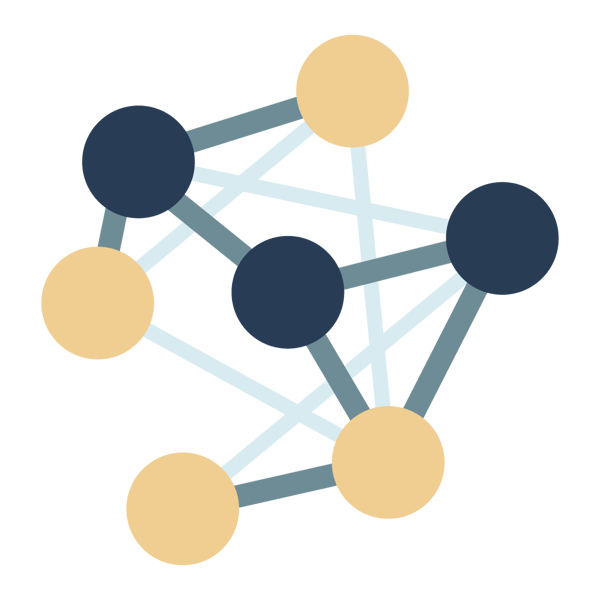
Probability based network
The product uses a statistical model to reveal links between symptoms, conditions, and risk factors, and an algorithm to process this data, select follow-up questions, and suggest likely diagnoses.
Red Robin – the triage engine
Red Robin is the CE-marked medical device that enables Visiba Triage to collect a medical history, and suggest urgency and differential diagnoses to support clinical decision-making and patient navigation.

Clinicians need to find ways to work more efficiently, safely. Digital triage can help with this, but only if clinicians can trust the outputs.
So, in addition to all of the assurances provided by Medical Device Registration, Red Robin has a transparent model that is continually improving based on real-world feedback provided by clinical users.
This way, if a clinician disagrees with an output, we'll know about it and use that data to improve the model.
And whilst we offer patient routing as part of our care navigation, there is always a clinician in the loop.

The product uses a statistical model to reveal links between symptoms, conditions, and risk factors, and an algorithm to process this data, select follow-up questions, and suggest likely diagnoses.


Dr. Annabelle Painter
Red Robin is the name of the technology included in our medical device registration (MDR). We have developed Red Robin to be exceptionally good at gathering patient history, assessing urgency, and suggesting differential diagnoses. All flows before and after this - such as patient intake and identification solutions, summaries to medical records or referral groups for onward patient navigation - can be integrated into or from other systems. The end-to-end solution incorporating in/out flows and Red Robin are what we refer to as Visiba Triage.
Since Red Robin is a medical device with a predefined "intended use," it is essential to understand where the product starts and ends, especially as it often functions as an integrated part of a larger whole.
Red Robin is an AI system, based on statistical modelling that makes decisions based on patient input. AI is capable of processing large volumes of data at a much faster speed and with greater consistency than the human brain. The medical core consists of a probability-based network built from scratch by our medical AI team, along with algorithms that can draw clinical conclusions based on this.
The biggest advantage of the probability-based network is that it is much more dynamic than the traditional tree structure. This makes the results more accurate and makes it easier to further improve the results over time. Compared to black-box models, the advantage is that our model is explainable and robust. Because it is not self-learning, bias will not be inadvertently introduced.
The benefit of a probability-based network is that outputs generated by the model, such as differential diagnosis and triage scores, are fully explainable. There is no black box logic. This allows clinicians and engineers to identify and rectify issues swiftly/ effectively.
Patient safety is our highest priority - which is why we always have a clinician in the loop when using the outcomes of Red Robin to navigate patients to the most appropriate point of care. As you would expect, our clinical product team continually monitor the performance of the model and have clear processes around the use of clinical feedback to further refine it.
Keen to know more?


